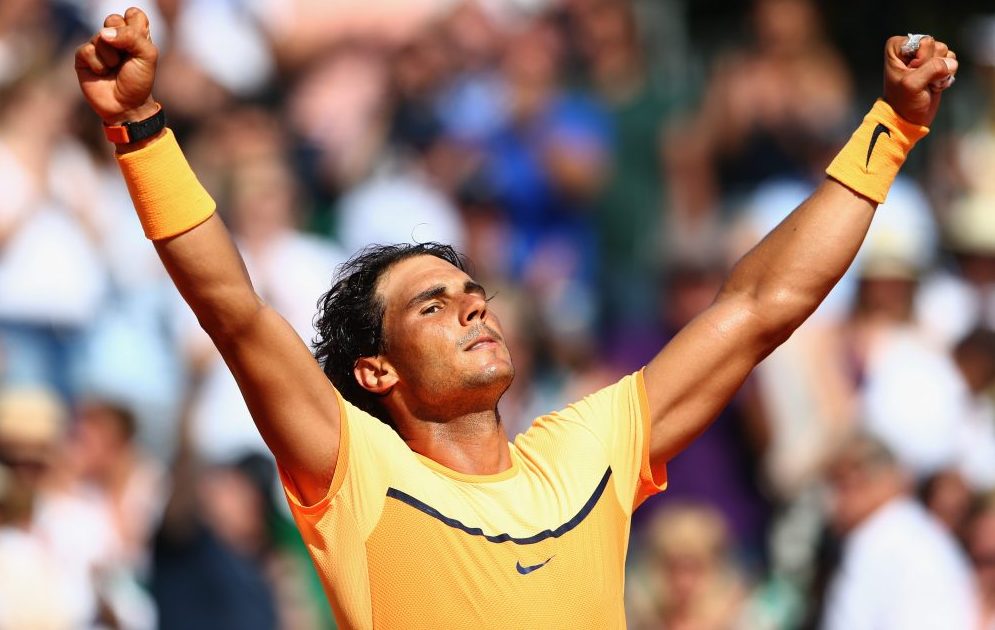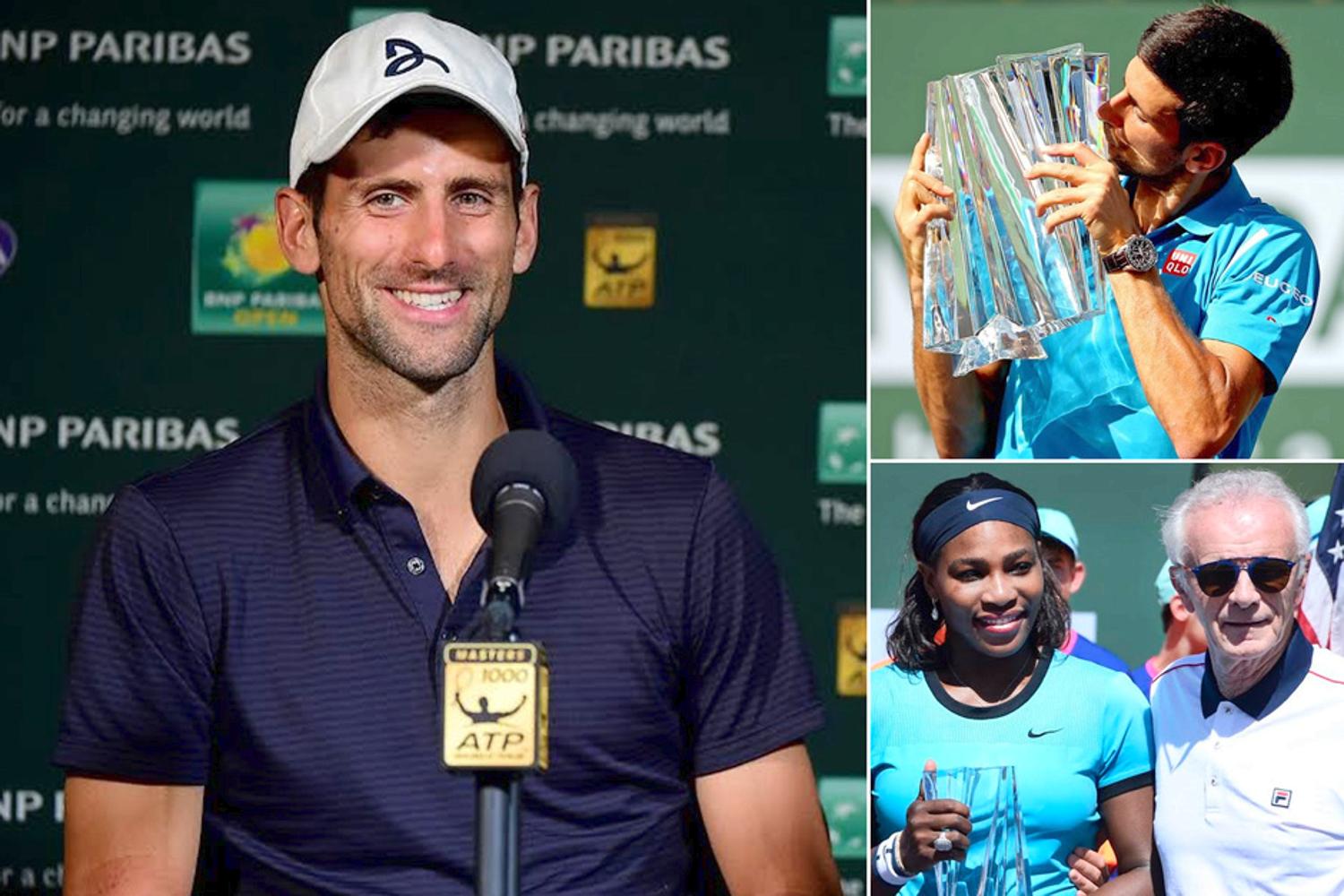Rafa rises, Novak dips
 Dan Barrie Posted on
Dan Barrie Posted on  Friday, April 22, 2016 at 1:36PM
Friday, April 22, 2016 at 1:36PM This week Rafael Nadal broke through to win his first title since August, and his first Masters 1000 title since 2014, when he claimed an astonishing ninth Monte-Carlo Rolex Masters crown. A few years ago it would have been a shock had he not won the event, but the past couple of years have been such a struggle for Nadal by his standards that I get the feeling this victory might give him a much-needed boost as he attempts to revive the Rafa of old…with perhaps a slight twist.
Are we witnessing the emergence of Rafa 2.0?
Nadal's comments after the final indicated how much this win meant to him, presumably much more than many of his previous titles in Monte-Carlo due to the timing. “The victory here confirms that I am better and I am very happy,” Nadal said. “I need to keep going.” A layperson might question how a player with 68 titles, 48 of them on clay, could be overjoyed by claiming yet another trophy. But like all top athletes, Rafa knows that the past is the past and you are only as good as your last performance. Having confidence right here, right now is all that matters…and this event went a long way to restoring Nadal’s.
It’s not so important that he won the title but rather how he won it. He defeated quality opposition under a variety of circumstances. In the the quarter-finals he flattened reigning French Open Champion, Stan Wawrinka in straight sets. In the semi-final against Andy Murray his trademark mental toughness came to the fore, coming back strong in the second set after dropping the first 2-6. In the third set he took control of the match, dictating from the baseline and stepping in to take advantage of Murray’s dip in level. In the final against Monfils he continued to play more aggressively than his opponent. After splitting the first two closely contested sets, Nadal steamrolled Monfils 6-0 in the decider. Surprisingly, 71% of the King of Clay’s shots were hit either inside or within two metres of the baseline compared to just 54% for Monfils. When asked to comment on this Nadal said, “Rafael Nadal of 2016 will not be the same of 2009 or 2008.” Are we witnessing the emergence of Rafa 2.0?
 Meanwhile Novak Djokovic experienced a blip on his radar losing in the second round to 55th-ranked Jiri Vesely. It was the Czech player’s first win against a top-10 player, surprising himself as much as anyone else with the win. After the match Djokovic described his level of play as “really, really bad” and indicated he was looking forward to the long break that he will now have to recover “mentally mostly.” Perhaps this is the first sign of a chink in what has been Novak’s bulletproof armour.
Meanwhile Novak Djokovic experienced a blip on his radar losing in the second round to 55th-ranked Jiri Vesely. It was the Czech player’s first win against a top-10 player, surprising himself as much as anyone else with the win. After the match Djokovic described his level of play as “really, really bad” and indicated he was looking forward to the long break that he will now have to recover “mentally mostly.” Perhaps this is the first sign of a chink in what has been Novak’s bulletproof armour.
It may not be enough to suggest the tables have turned just yet, but the timing of Nadal’s resurgence and Djokovic’s hiccup will certainly attract renewed interest in the performance of the two players for the remainder of the clay court season which culminates with Roland Garros. Right now Novak has got to be wondering whether his best chance to lift the French Open trophy, and join the elite club of career Grand Slam winners, has passed him by.


